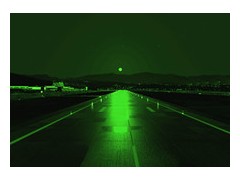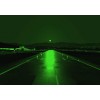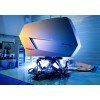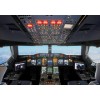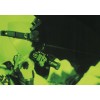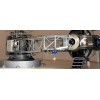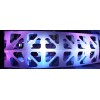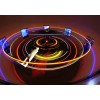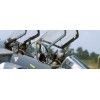needs
training for night operations using night vision devices in a team environment is an essential contribution to flight safety during night operations.
night operations for civil and military aircrew becomes more and more important. training in real flight conditions bear high risks. thus, training in a synthetic environment contributes to minimise these risks. it is essential to demonstrate:
misperceptions and changing environments
showing techniques for detecting weather changes and gradual reduction in visibility
identifying the problems of terrain critical tasks and visual limitations
conducting nvg operations in reducing marginal weather conditions
decision making processes in a team environment
spatial disorientation in degraded visual environments (dve)
crew resource management (crm) and team integration for pilots, flight engineers and non-flying personnel
needs
solution
the nightfox vtigs is a standalone system that permits students to have interactive training in a dynamic nvg environment.
the system permits day and night operations and mission preview, execution and debriefing. this innovative technical solution permits precise control of the nvg night scene across a broad spectrum of environments.
training can be conducted as a complete crew – this facet gives non-pilot aircrew the opportunity to see the visual limitations that exist in a dynamically changing environment
when using the cockpit (option) pilots can transfer nvg skills to each other and experienced pilots can clearly identify the risks associated with low-level operations.
dynamic nvg training in a controlled environment
day-to-night operations
mission preview, mission execution and debriefing prior to nvg missions
solution
benefits
the benefit of using the vtigs is to further learn the handling and limitations of night vision goggles in a crew or team environment.
the nightfox vtigs takes the nvg training to the next level using dynamic interactive nvg missions wher students actually use operational nvgs and ‘fly through’ the nvg environment which demonstrates the effects like weather, visibility and ambient light level changes.
the vtigs permits recorded missions using flight simulation and utilises team-viewing mode for all aircrews
depending on the instructor and mission profile, mission rehearsal can be carried out by day and by night
the instructor has total control over light conditions and weather factors. this provides realistic training and some missions can be flown day-to-night providing a comparison of the day and night scenes.
recorded missions can be configured to give differing degrees of difficulty and more importantly look at terrain critical tasks (tct).
‘pause and speak’ capability for reinforcement of learning process and for particular flight profiles/phases.

